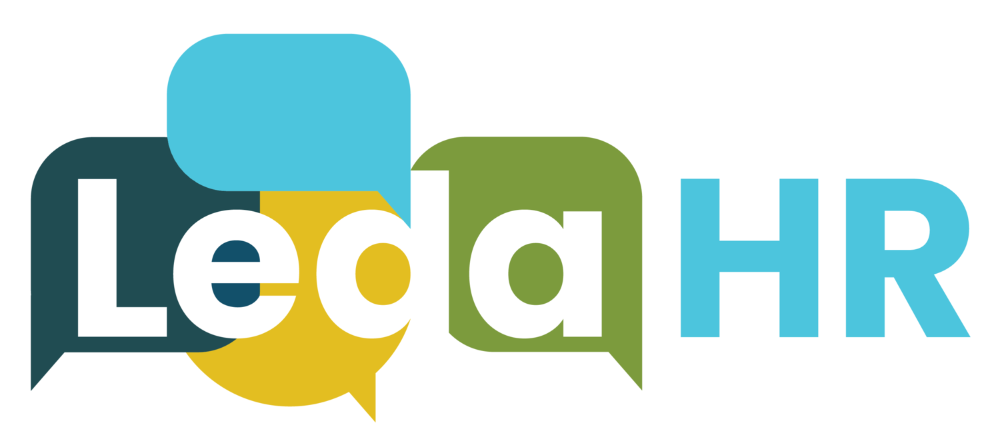2.5.2: Anxiety
Defining Anxiety
Anxiety disorders are a group of mental illnesses characterized by feelings of excessive worry, fear and distress occurring more days than not for at least six months and with at least three associated physical symptoms (e.g. muscle tension, trouble sleeping, etc.).1  Anxiety is the world’s most common mental disorder. It is estimated that one in 10 Canadians is affected.2
Anxiety is the world’s most common mental disorder. It is estimated that one in 10 Canadians is affected.2According to the World Health Organization (WHO):3
- Women are more affected by anxiety disorders than men.
- Symptoms of anxiety often have onset during childhood or adolescence.
- There are highly effective treatments for anxiety disorders.
- Approximately 1 in 4 people with anxiety disorders receive treatment for their condition.
Causes of Anxiety Disorders
Anxiety disorders may be caused by a combination of factors, including brain function, biology, social status and economic factors, as well as personal circumstances and experiences. They may also be caused by a physical medical condition. It is not uncommon for a person experiencing a physical illness such as heart disease or cancer to also experience a mental illness.Common Anxiety Disorders
While the Diagnostic and Statistical Manual of Mental Disorders (DSM-5)4 – commonly used by physicians, psychologists and psychiatrists in North America to diagnose psychiatric conditions – contains an extensive list of anxiety disorders, there are three common types:5Generalized Anxiety Disorder
This includes persistent, excessive worry about ordinary day-to-day problems (i.e. out of proportion to the situation). Someone diagnosed with generalized anxiety disorder will often experience it along with other anxiety disorders or depression.Social Anxiety Disorder (social phobia)
This includes high levels of nervousness and fear of social situations due to feelings of embarrassment, self-consciousness and/or concerns about being judged or viewed negatively by others. As a result, the person with a social anxiety disorder may avoid social situations.Panic Disorder
A person with panic disorder will experience panic attacks that are often unexpected and frequent. A panic attack may include intense fear when there is no clear danger, a sense of impending doom, a feeling of loss of control and/or extreme discomfort.Symptoms of Anxiety
Anxiety may present itself both mentally and physically. Some common signs or symptoms of anxiety disorders include the following:6- Nervousness, restlessness, irritability, a sense of impending danger or panic.
- Increased heart rate, rapid breathing (hyperventilation).
- Sweating, trembling, feeling weak or tired, nausea.
- Difficulty concentrating.
- Trouble sleeping.
Treatments for Anxiety
Treatments for anxiety disorders vary depending on the person, the specific condition and the symptoms. Common forms of treatment include medication, psychotherapy or a combination of the two. One of the most effective types of psychotherapy for treating anxiety is cognitive behavioural therapy (CBT).7 CBT focuses on teaching specific skills to improve symptoms.Factors like exercise, a healthy diet, reducing the use of alcohol and other substances and human connection are all important tools to include in your mental health toolkit.
How Anxiety Can Show Up in the Workplace
A person experiencing anxiety might not display any symptoms in the workplace and may continue to be productive while others may not. Here are some ways that anxiety may impact a person at work:8- Not speaking up in meetings or in front of groups.
- Making excuses to avoid social events (team lunches or afterwork socializing).
- Turning down promotions because they might involve travel or giving presentations.
- A change in relationships or a negative impact on interpersonal relationships.
If you, a colleague or an employee are experiencing a mental health challenge, contact a health care professional to receive a diagnosis and create a treatment plan.
Learn more about An Introduction to Mental Health
Learn more about How to Support an Employee with Mental Illness
Sources
1 Mental Health - Anxiety Disorders - Canada.ca
2 Mental Health - Anxiety Disorders - Canada.ca
3 Anxiety disorders (who.int)
4 DSM-5: What It Is and How It's Used (verywellmind.com)
5 Anxiety Disorders: Types, Causes, Symptoms & Treatments (clevelandclinic.org)
6 Anxiety disorders - Symptoms and causes - Mayo Clinic
7 Mental Health - Anxiety Disorders - Canada.ca
8 Anxiety and Stress in the Workplace | Anxiety and Depression Association of America, ADAA
2 Mental Health - Anxiety Disorders - Canada.ca
3 Anxiety disorders (who.int)
4 DSM-5: What It Is and How It's Used (verywellmind.com)
5 Anxiety Disorders: Types, Causes, Symptoms & Treatments (clevelandclinic.org)
6 Anxiety disorders - Symptoms and causes - Mayo Clinic
7 Mental Health - Anxiety Disorders - Canada.ca
8 Anxiety and Stress in the Workplace | Anxiety and Depression Association of America, ADAA
Disclaimer:
Hire for Talent has made every effort to use the most respectful words possible while writing these materials. We realize, however, that the most appropriate terminology may change over time. We developed these materials with the intent to respect the dignity and inherent rights of all individual.
Hire for Talent has made every effort to use the most respectful words possible while writing these materials. We realize, however, that the most appropriate terminology may change over time. We developed these materials with the intent to respect the dignity and inherent rights of all individual.
This tool was developed in collaboration with




